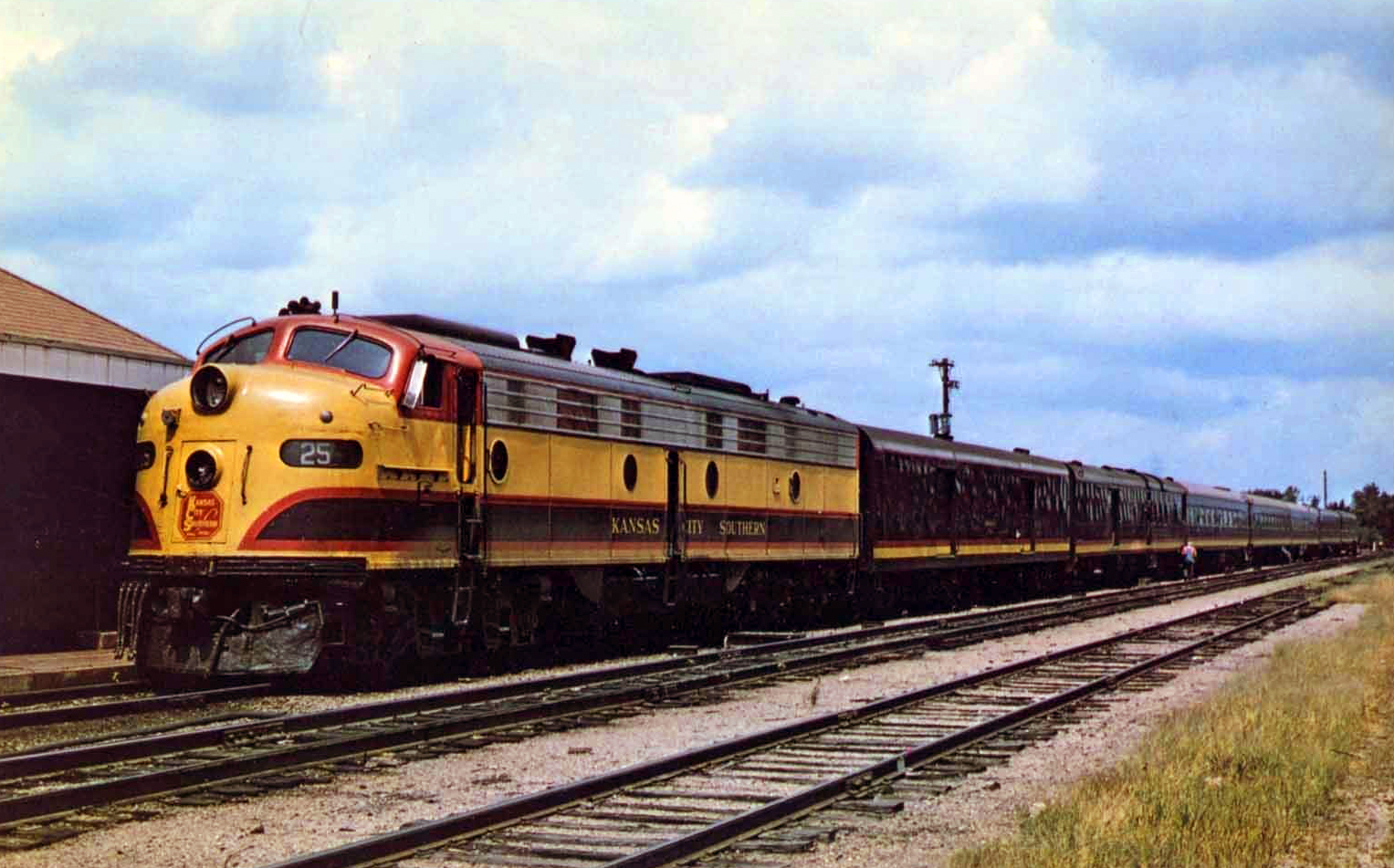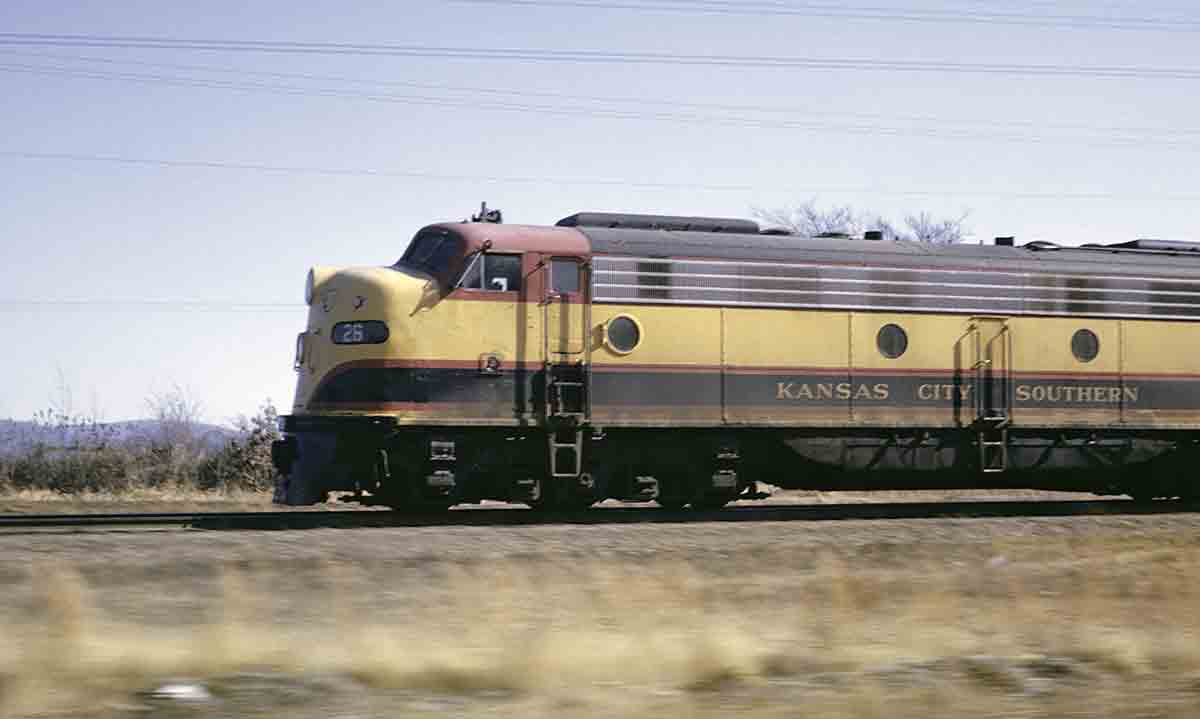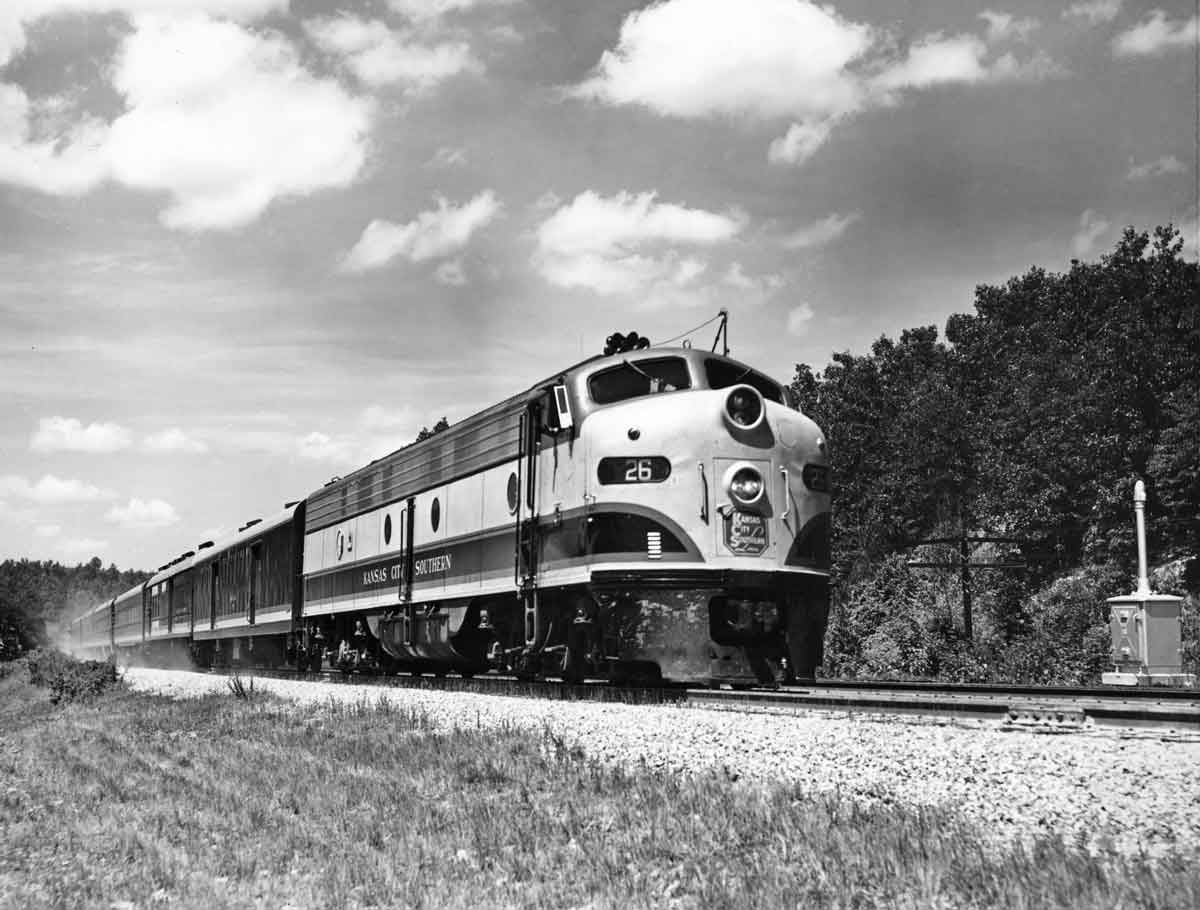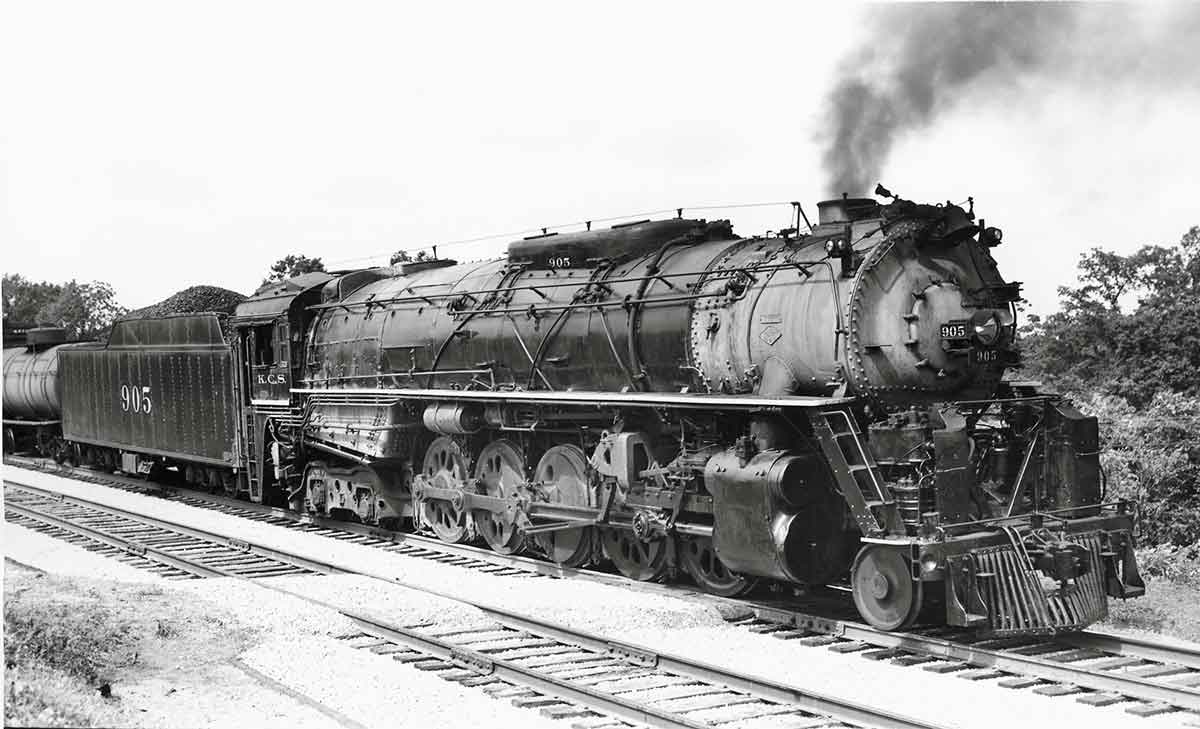In reply to Purple Frog (Forum Supporter) :
There's a Delanson here in New York, which derives it's name from Delaware And Hudson. Before being renamed to Delanson, when the railroad came to town, it had the rather quaint name of Toad Hollow.
There's a shocking number of cities that are named for the St. Louis-San Francisco Railroad, better known as the Frisco. Frisco City, Alabama, Frisco, Texas, Frisco, Missouri and Frisco, Louisiana all attribute their names to the railroad. There were also some less obvious ones along the Frisco, named for company officers. Merriam, Kansas, was named after Charles Merriam of Boston, a director of the road. Dana, Kansas was named for I. P. Dana, former attorney of predecessor, Kansas City, Fort Scott & Memphis. Sprague is named for the former superintendent of telegraph, H. C. Sprague. Between Ft. Scott and Springfield, the towns of Lockwood and Dumbeck appear, one of these named for the former general passenger agent; the other for a former general freight agent.
Langtry, Texas was named for George Langtry, a railroad engineer for the Southern Pacific. Judge Roy Bean, famous as the law West of the Pecos, rewrote that history by force of personality. He sold worldwide the fiction that he had named the town for Lillie Langtry, the British-American actress.
Abilene, Texas was created by the building of the Texas and Pacific Railway line, cattlemen and developers working in concert. They wanted a cattle market similar to Abilene, Kansas, and so they named it after it.
In 1860, the Houston and Texas Central Railways built a line through the region that would become College Station – so-named largely because the railroad was there. Texas A&M University, originally The Agricultural and Mechanical College of Texas, opened its doors in 1876. The next year, the U.S. Postal Service designated the town College Station, since that was the name of the railroad passenger depot at the new college.
Summit, Oklahoma, platted as South Muskogee in 1910, had a post office as early as 1896. One of more than fifty All-Black towns of Oklahoma, Summit was one of thirteen Black towns still existing at the end of the twentieth century. The Missouri-Kansas-Texas Railway had a depot in the community. The town may have been named Summit because it was the highest point on the railroad between Arkansas and the North Canadian rivers. I believe there is quite a few towns named Summit, or with Summit in their name, for similar reasons.
There is also a Katy, Texas, named for the Missouri-Kansas-Texas Railway, which went by the Katy.
There is a Helper, Utah, named because it was where D&RGW stationed helper engines for the shove up the Wasatch Plateau to Soldier Summit.














































